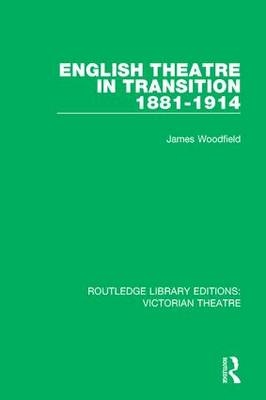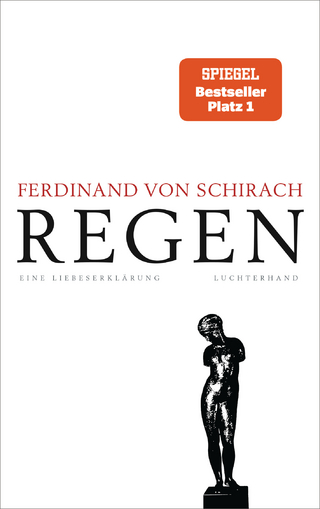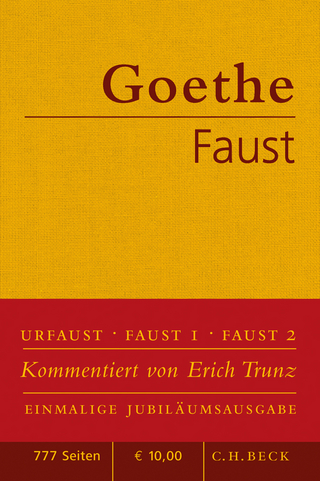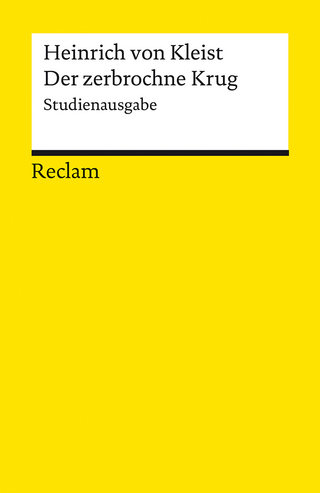
English Theatre in Transition 1881-1914
Seiten
2017
Routledge (Verlag)
978-1-138-93465-8 (ISBN)
Routledge (Verlag)
978-1-138-93465-8 (ISBN)
Originally published in 1984. The turn of the nineteenth and twentieth centuries was a time of considerable change in the English theatre. This book traces the activities of the leading figures in the English theatre, notably William Archer who introduced Ibsen to this country and who became one of the main promoters of the idea of a National Theatre.
Originally published in 1984. The turn of the nineteenth and twentieth centuries was a time of considerable change in the English theatre. Victorian attitudes were shocked or shattered by the new drama of Ibsen; the major figure of George Bernard Shaw dominated the period; theatre censorship was the subject of a long and furious contest; and staging conventions changed from the spectacular stylings of Irving and Beerbohm Tree to the masking and statuesque styles of Isadora Duncan and the inner realism of Stanislavsky.
This book traces the activities of the leading figures in the English theatre, notably William Archer who introduced Ibsen to this country and who became one of the main promoters of the idea of a National Theatre. Other personalities discussed include Harley Granville Barker, particularly his association with Shaw at the Court Theatre and his part in campaigns against censorship and for changes in the staging of Shakespeare, and Edward Gordon Craig, whose rebellion against the Victorian theatre took and anti-realist direction.
This is a stimulating account of the background to the modern English theatre which can only increase appreciation of its standard and variety.
Originally published in 1984. The turn of the nineteenth and twentieth centuries was a time of considerable change in the English theatre. Victorian attitudes were shocked or shattered by the new drama of Ibsen; the major figure of George Bernard Shaw dominated the period; theatre censorship was the subject of a long and furious contest; and staging conventions changed from the spectacular stylings of Irving and Beerbohm Tree to the masking and statuesque styles of Isadora Duncan and the inner realism of Stanislavsky.
This book traces the activities of the leading figures in the English theatre, notably William Archer who introduced Ibsen to this country and who became one of the main promoters of the idea of a National Theatre. Other personalities discussed include Harley Granville Barker, particularly his association with Shaw at the Court Theatre and his part in campaigns against censorship and for changes in the staging of Shakespeare, and Edward Gordon Craig, whose rebellion against the Victorian theatre took and anti-realist direction.
This is a stimulating account of the background to the modern English theatre which can only increase appreciation of its standard and variety.
James Woodfield
Preface 1. Introduction 2. Ibsen, J.T. Grein and the Independent Theatre 3. Elizabeth Robins, the New Century Theatre and The Stage Society 4. Harley Granville Barker: Associations and Achievements, 1900-1914 5. Towards a National Theatre 6. The Censorship Saga 7. Spectacle, Austerity and New Dimensions: The Staging of Shakespeare from Victorian to Modern 8. Edward Gordon Craig: Artist of the Theatre 9. Conclusion. Appendices
| Erscheinungsdatum | 19.06.2017 |
|---|---|
| Reihe/Serie | Routledge Library Editions: Victorian Theatre |
| Verlagsort | London |
| Sprache | englisch |
| Maße | 156 x 234 mm |
| Gewicht | 317 g |
| Themenwelt | Literatur ► Lyrik / Dramatik ► Dramatik / Theater |
| Kunst / Musik / Theater ► Theater / Ballett | |
| ISBN-10 | 1-138-93465-8 / 1138934658 |
| ISBN-13 | 978-1-138-93465-8 / 9781138934658 |
| Zustand | Neuware |
| Haben Sie eine Frage zum Produkt? |
Mehr entdecken
aus dem Bereich
aus dem Bereich
Der Tragödie erster und zweiter Teil. Urfaust
Buch | Hardcover (2021)
C.H.Beck (Verlag)
10,00 €
Kleist, Heinrich von – Deutsch-Lektüre, Deutsche Klassiker der …
Buch | Softcover (2024)
Reclam, Philipp (Verlag)
7,40 €


